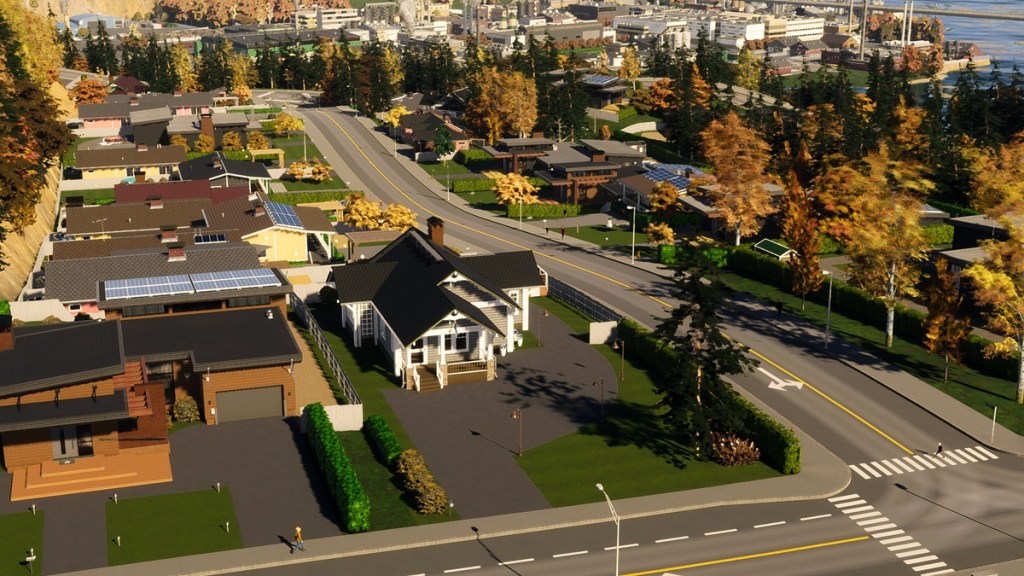Reducing the demand for Cities Skylines 2 low density residential is frustrating. While you’re building a city in the early game, the population tends to favor low density housing seemingly no matter what you do. And this ultimately makes every city a large urban sprawl with what some players find to be rows and rows of ugly houses. Meanwhile, the need for medium and high density residential areas doesn’t rise much, which makes it difficult to turn a town into a city. Here’s how to lessen or lower the demand for low density housing and raise the demand for high density residential and office space in Cities Skylines 2 for PC via Steam.
How to reduce Cities Skylines 2 low density residential housing
To lower the demand for low density residential in Cities Skylines 2, you need to stop building low density housing and construct high-educating buildings.
While the game may indicate that there is very high demand for low-density housing, there’s no requirement that you need to satisfy this. Even if the population starts to complain about high rent, you can ignore this demand altogether as you build colleges, universities, office parks, and other forms of medium or high residential instead. As a warning, though, this will slow down overall population growth since low density housing seems to attract new citizens the most.
Essentially, if you build low density housing to meet demand, the population will continue to desire it. Instead, you need to force them to move into housing you prefer by limiting the market. Also, having a higher-educated populace will start to move the needle for medium and high density residential areas. You can also try raising the residential tax rate to provide an incentive for people to move into apartments that are more affordable by comparison to single-family homes.
For more Cities Skylines 2 guides, here are some ways to fix issues with citizens complaining about healthcare and how to get more customers for your city’s businesses.








